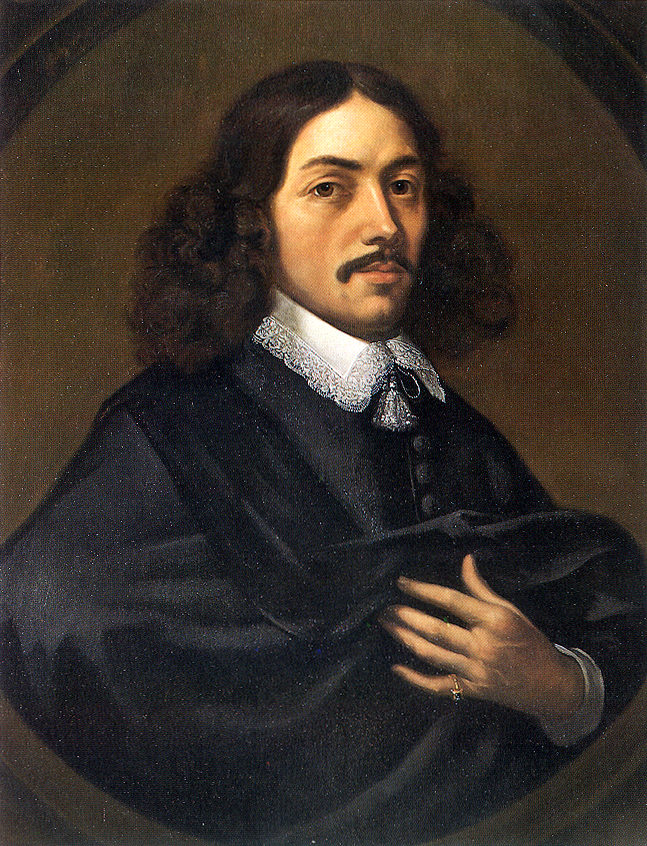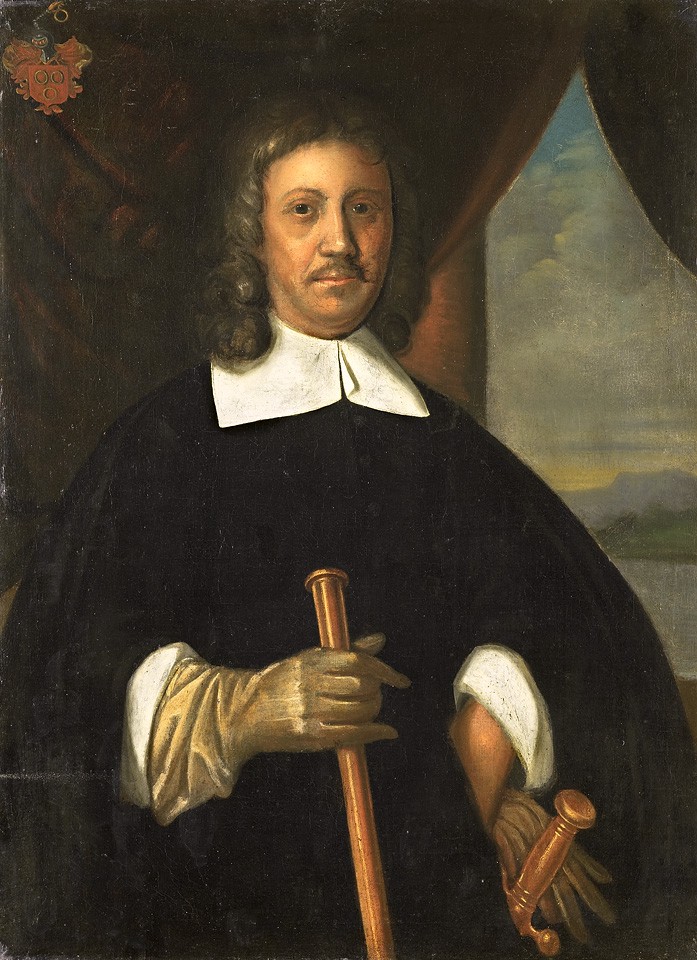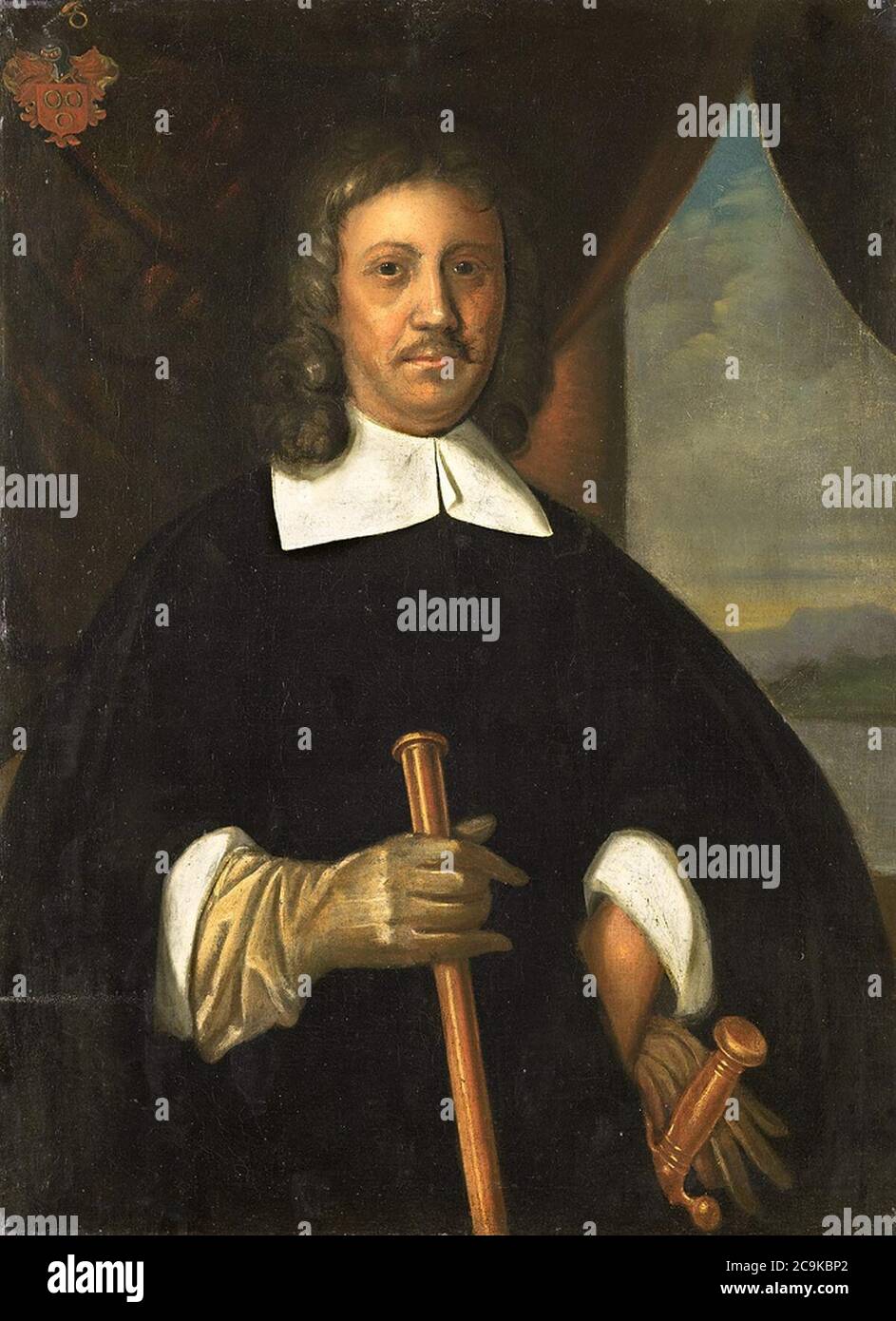
Van Riebeeck’s Day Faith & Heritage
87 In the context of the historical ferment of resistance to the Van Riebeeck festival, some of these "oppositional" writers went on to publish their histories in book form. Among these are Three Hundred Years by Mnguni (Hosea Jaffe), published by the New Era Fellowship (1952), and The Role of the Missionaries in Conquest by Nosipho Majeke (Dora Taylor), published by the Society of Young.

Over Jan van Riebeeck Jan van Riebeeckmuseum
Jan van Riebeeck is considered to be the Founding Father of the South African Cape. Responsible for the establishment of Cape Town in South Africa, he began his career as a Dutch Colonial administrator for the Vereenigde Oost-Indische Compagnie, which is now known as the Dutch-East India Company.

Magnum Photos
Jan van Riebeeck Arrives, 1652. The arrival of Jan van Riebeeck, a Dutch navigator and colonial administrator, at Table Bay (Cape of Good Hope) marked the beginning of permanent European settlement in the region. Last Updated: July 26, 2022. facebook sharing.

Van Riebeeck Landing at the Cape of Good Hope Jan van Rieb… Flickr
Published by capeetc on April 6, 2018. Today is the 366th anniversary of Jan van Riebeeck's landing at the Cape. For better or for worse, van Riebeeck's arrival had a profound impact on how Cape Town - and the rest of South Africa - would develop. Van Riebeeck arrived at the Cape with three ships, and the intention to set up a.

Jan van Riebeeck a photo on Flickriver
Jan van Riebeeck was a Dutch official who brought some of the first European settlers to southern Africa . He founded a settlement at the Cape of Good Hope, at the southern tip of the continent. The settlement supplied ships traveling from Europe to Asia with fresh water and food. That settlement grew into what is now Cape Town , South Africa .
.%2BBevelhebber%2Bvan%2BKaap%2Bde%2BGoede%2BHoop%2Ben%2Bvan%2BMalacca%2Ben%2Bsecretaris%2Bvan%2Bde%2BHoge%2BRegering%2Bvan%2BBatavia%2B(1660).jpg)
Art in Space Anonymous Portrait of Jan Anthonisz. van Riebeeck, 1st Commander of the Cape of
Jan Van Riebeeck arrived in South Africa in 1652. Who of my generation does not know this? It was drilled into all our minds at primary school. And even if we were not lucky enough to go to school, the mythology certainly did not pass us by. The version of history taught to us started with him.

Jan van Riebeeck a portrait Stock Photo Alamy
Johan Anthoniszoon "Jan" van Riebeeck (Jan van Riebeeck) was born on 21 April 1619 in Culemborg, Netherlands to a surgeon. He spent his youth in Schiedam, Netherlands where, on 28 March 1649, he married Maria de la Queillerie, with whom he had eight children.

Portrait of Jan van Riebeeck (161977). Commander of the Cape of Good Hope and of Malacca and
Johan Anthoniszoon "Jan" van Riebeeck (April 21, 1619 - January 18, 1677) was a Dutch colonial administrator and founder of Cape Town, a city in South Africa. Biography. Van Riebeeck was born in Culemborg in the Netherlands as the son of a surgeon. He grew up in Schiedam, where he married 19-year old Maria de la Quellerie on 28 March 1649.

Public Domain Photos and Images Jan van Riebeeck, the first European to settle in South Africa
Between 1652, the year of Jan van Riebeeck's landing at the Cape, and 1658, when the first slave shipment arrived, between 11 and 20 slaves had already been brought to the Cape colony.

Lot Jan Veth (Dutch 1864 1925) Oil, Portrait of Jan van Riebeeck, , 92 x 68 Oval
The heart of the book is its detailed exploration of the 1952 Jan van Riebeeck tercentenary festival, a. public event hitherto neglected in histories of Afrikaner nationalism and of the apartheid state. Witz. shows that the National Party government seized on this event as 'an opportunity to construct a history.

Jan van Riebeeck arrives in Table Bay in April 1652, Charles Davidson Bell African history
Journal of Jan van Riebeeck Annotation Krotoa, called Eva by the Dutch, is the first Khoikhoi woman to appear in the European records of the early settlement at the Cape as an individual personality and active participant in cultural and economic exchange. Eva joined Commander Jan van Riebeeck's household at the Dutch fort at around age 12.

Lot Jan Veth (Dutch 1864 1925) Oil, Portrait of Jan van Riebeeck, , 92 x 68 Oval
Jan van Riebeeck, (born April 21, 1619, Culemborg, Netherlands—died January 18, 1677, Batavia, Dutch East Indies [now Jakarta, Indonesia]), Dutch colonial administrator who founded (1652) Cape Town and thus opened Southern Africa for white settlement.

Jan van riebeeck hires stock photography and images Alamy
On 24 December 1651, accompanied by his wife and son, Jan van Riebeeck set off from Texel in The Netherlands for the Cape of Good Hope. Van Riebeeck had signed a contract with the Dutch East India Company (VOC) to oversee the setting up of a refreshment station to supply Dutch ships on their way to the East.

JanvanRiebeeck Michael Olivier
Jan van Riebeeck was born in Culemborg on the 21st of April 1619, as the son of a surgeon. He grew up in Schiedam, where he married a 19-year-old Maria de la Queillerie on 28 March 1649. She died in Malacca, now part of Malaysia, on 2 November 1664, at the age of 35. The couple had eight or nine children, most of whom did not survive infancy.

Dutch Governor Jan Van Riebeeck Drawing by Mary Evans Picture Library Fine Art America
Jan van Riebeeck, a Dutch explorer and merchant who played a significant role in the colonization of the Cape of Good Hope in South Africa. Jan van Riebeeck.

Jan van Riebeeck Alchetron, The Free Social Encyclopedia
The Museum of King John III's Palace at Wilanów (Polish: Muzeum Pałacu Króla Jana III w Wilanowie) is a museum in Warsaw, Poland considered to be one of the oldest in the country and the repository of the country's royal and artistic heritage. The collection consists of valuables collected by subsequent owners of the Wilanów Palace, the Kings of Poland — John III Sobieski and Augustus II.